Permaculture Internship Program – Update 1, 2013
- Bill Wilson

We have a few seats remaining in our upcoming Internship Sessions
During their first 8-days, our interns immersed themselves in:
- Spring gardening bed prep and harvested early perennials.
- Beehive inspections and maintenance
- Field trip to Univ. of Illinois Woody Ag Research Site
- Harvested wild edibles and used in community meal.
- Laying out and planting of the first linear food forest for the CSC permaculture design. (see below)
- …and today they learned how to ‘harvest’ chickens.
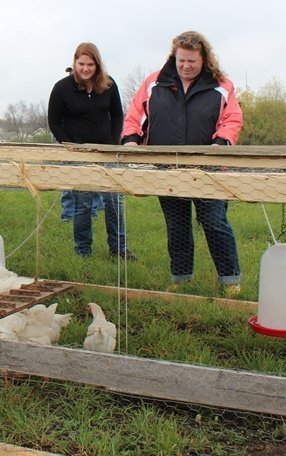
|
“I decided to take the internship following the Midwest Permaculture PDC course so that I would have a chance to apply what I learned before I returned home and started digging into my own projects. It has been a great first week and over the next we will be working on building a cob oven, baking bread for community residents, continuing to inspect the bee hives, harvesting the broiler chickens, doing companion planting, designing and building a chicken coop, and more.” Nancy — Ohio |
|
“Permaculture has gone from idea into reality for me now. From building berms, caring for a CSA permaculture garden, and using a chicken tractor, even in just my first week, this has transitioned me from having a general grasp pf permaculture to a hands-on working knowledge. By far the greatest part of my internship has been the people I work with. Being around those who do what they love and don’t mind teaching with patience has been a genuine joy. I have never been made to feel like the green horn I really am. I have been most impressed with the care given in developing my knowledge base of those areas I have a particular interest in. This is a real educational internship.” Mary-Kate –Texas |
Planting of the First Linear Food Forest
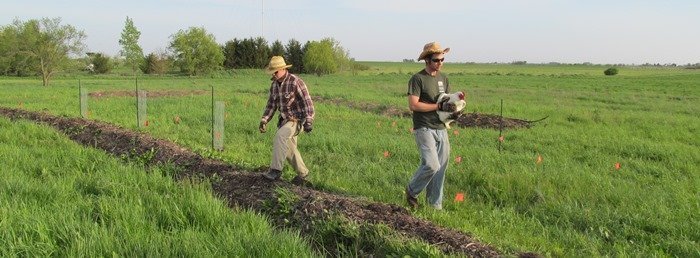
Yesterday we all gathered to mark out the placement and plant the first trees for one of the linear food forests. This food forest is being placed on the downhill side of the first swale which we dug over the last two years with the help of our PDC courses. The trees and shrubs we purchased from Oikos Tree Crops, the Arbor Day Foundation and Raintree Nursery.
Below is the basic sketch we created to use as a planting template. It’s not pretty but it communicates what it needs to.
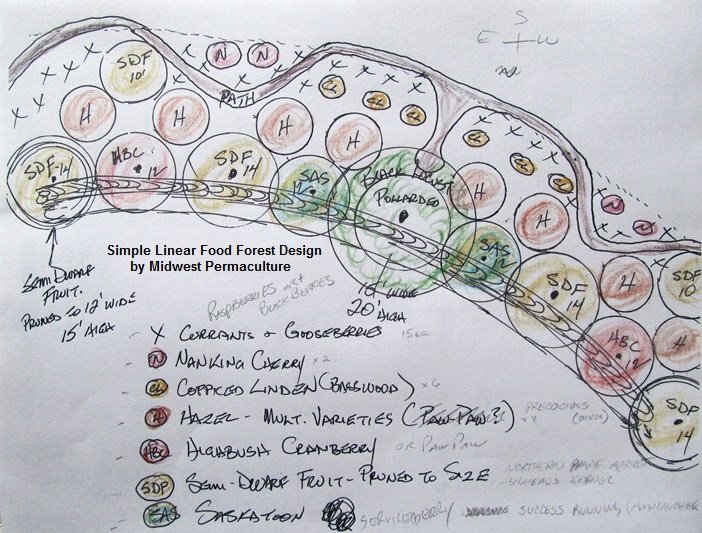
The above, simple, linear-food forest design was patterned from the ‘Fruit Tree Guild’
included in our free eBooklet (page 11) by Bryce Ruddock.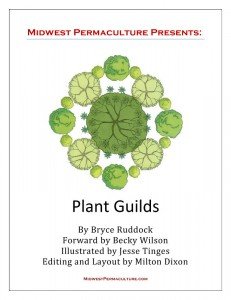
If you have not seen this before, below is the cross-section diagram of what we have created for the CSC Design. One note – this first swale does not have the wood buried in it to form a hugelkultur. This is the ‘control’ swale to see how the hugelkultured swales compare as they mature over the years.
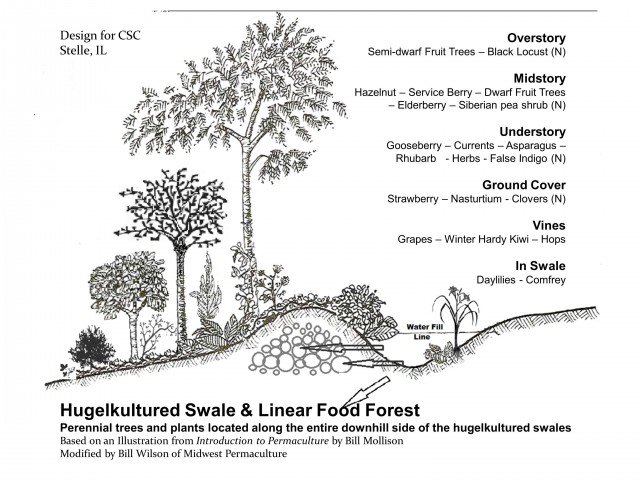
Everyone assisted with getting the plants into the ground. The next step is to sheet mulch the entire area once the grass gets higher. We will put down one or two layers of cardboard and cover that with 5 inches of wood-chips. The grass will become a green manure crop as it breaks down under the cardboard.
I think it is interesting to note that when one plants small trees like these, they are usually not doing it just for themselves. It will probably take 10 years before this area really starts looking like a forest, and 20-30 years before it will feel like it has been in forest forever. While the system is developing however, we will be growing annual vegetables and harvesting fast growing perennials like asparagus, rhubarb and currants which may eventually be shaded out.
 |
 |
We have a few seats remaining in our upcoming Internship Sessions
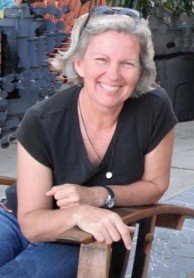
Consider joining us if you would like to
learn permaculture…
by doing permaculture!
And you don’t have to be a young whipper snapper. This internship training is for anyone, of any age, who will be applying a permaculture design to a piece of property including their own suburban yard.
What will one learn? Go Here.
